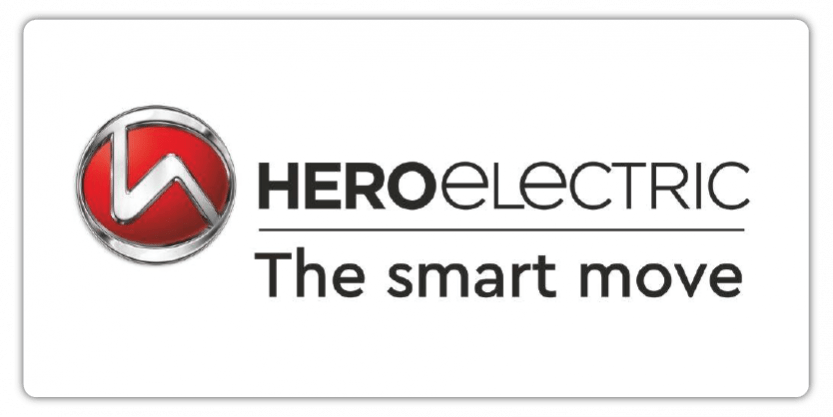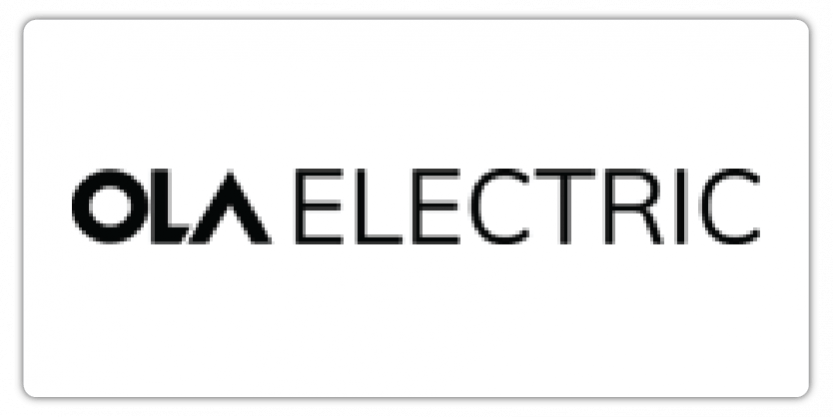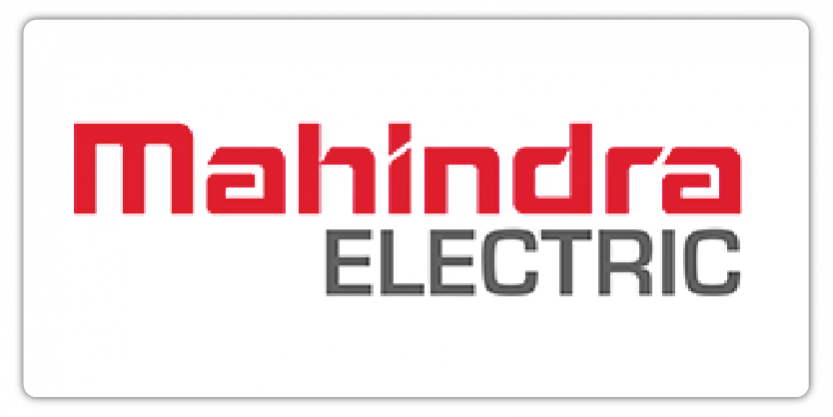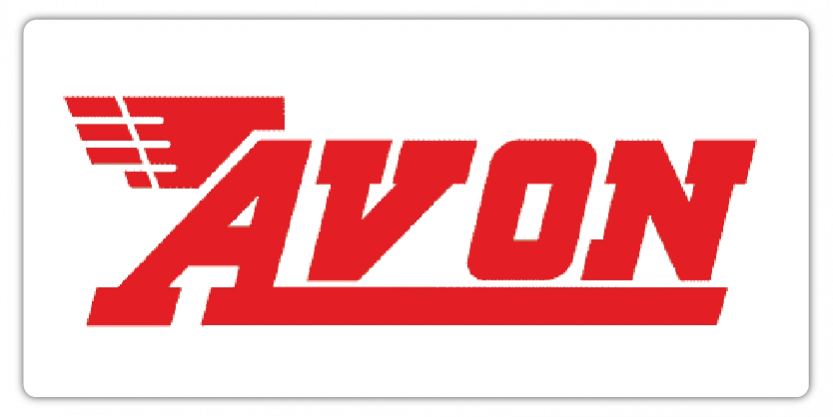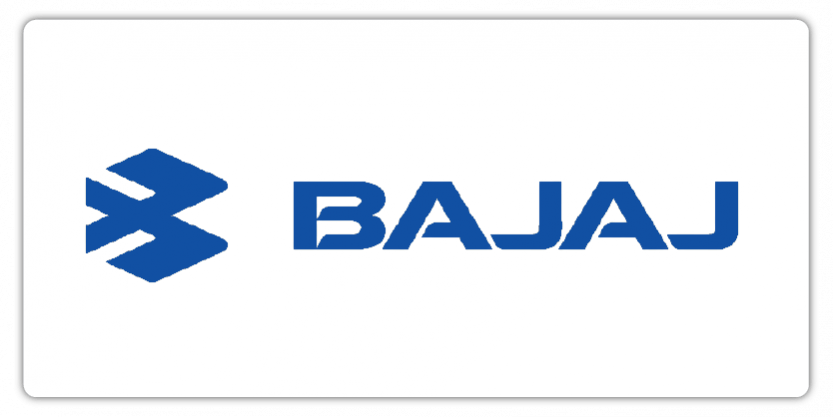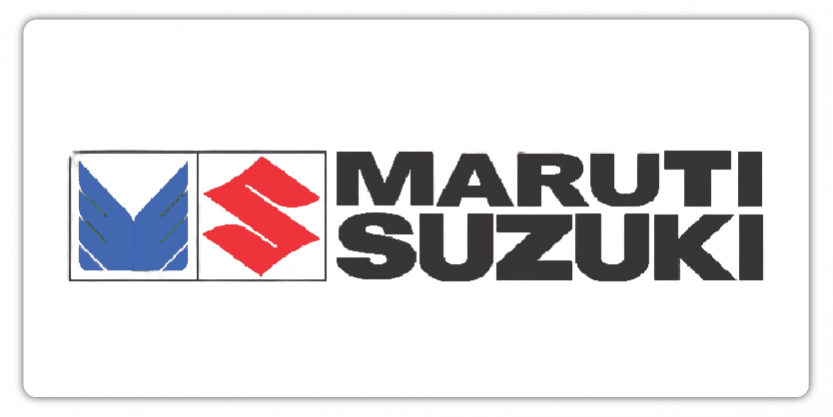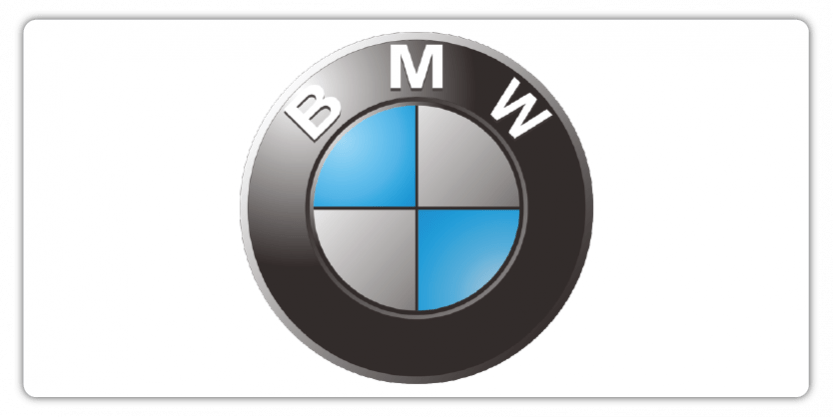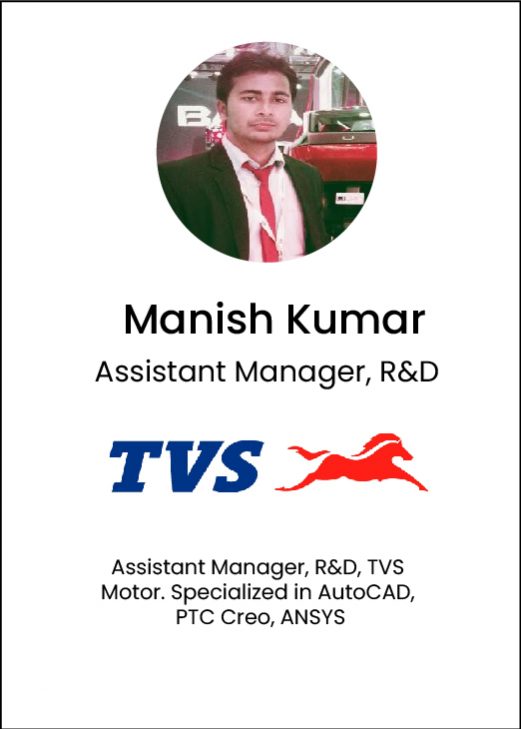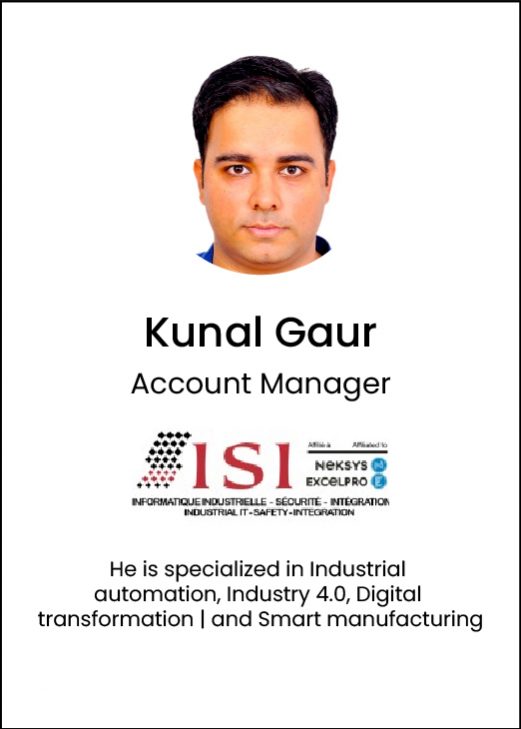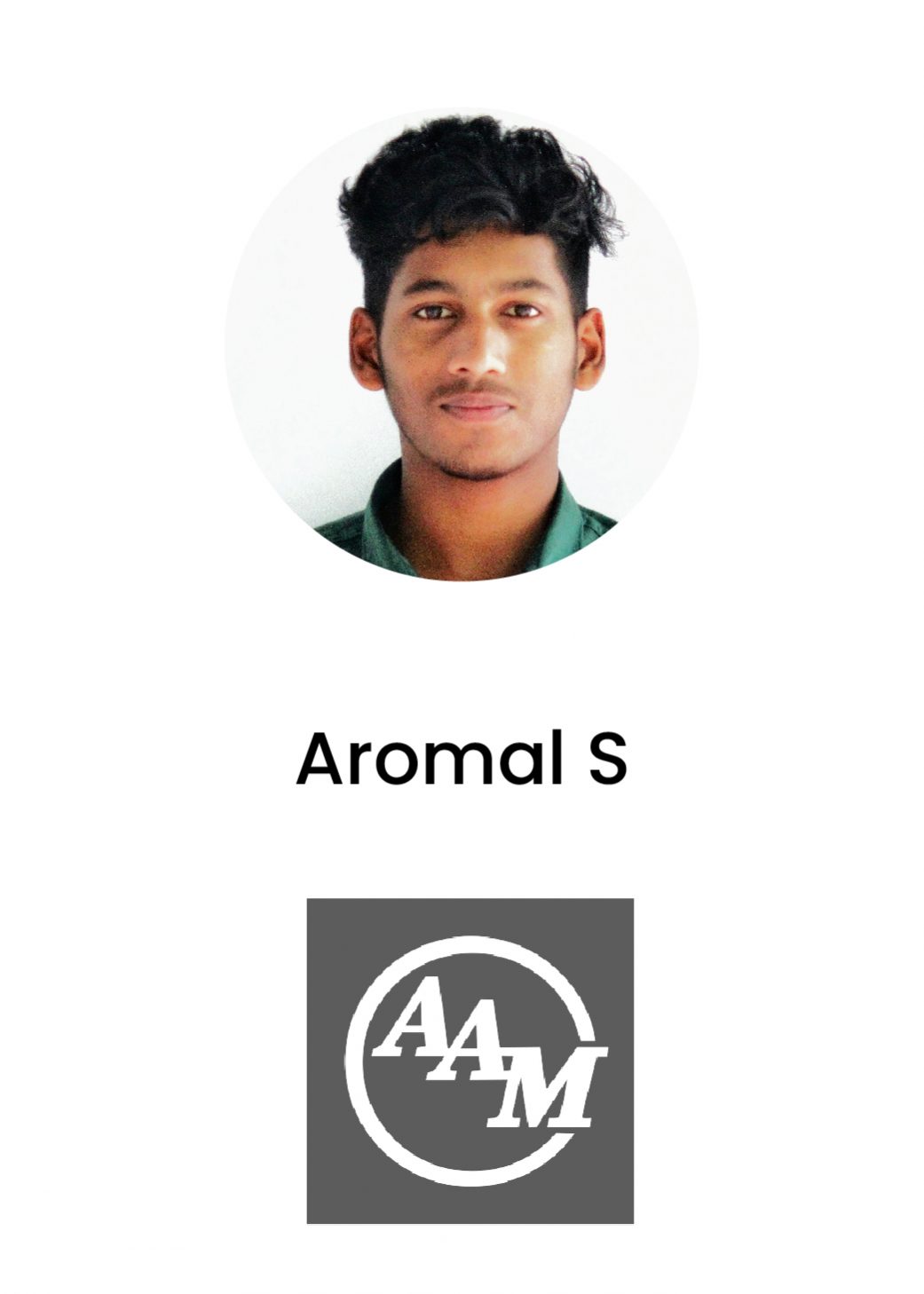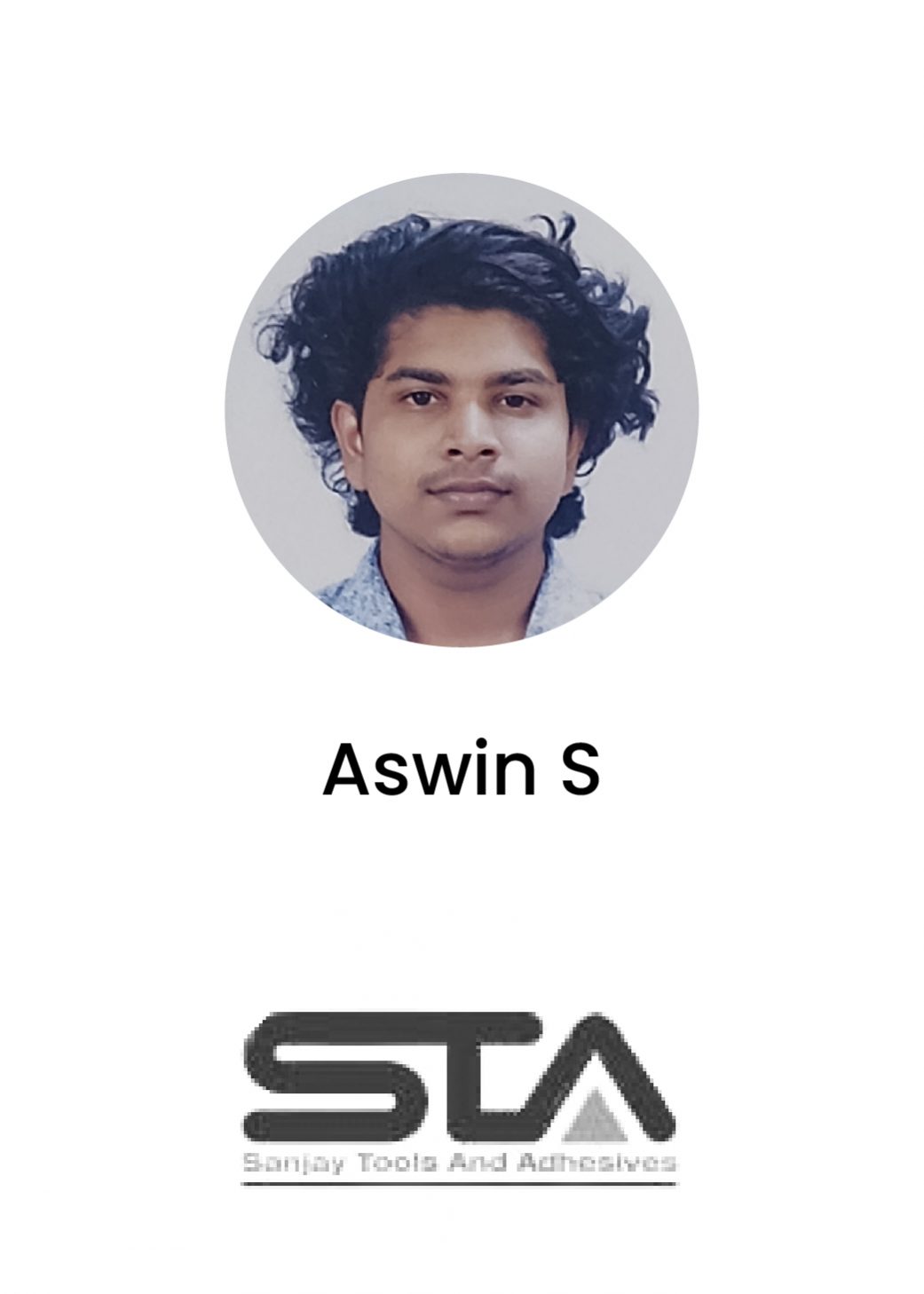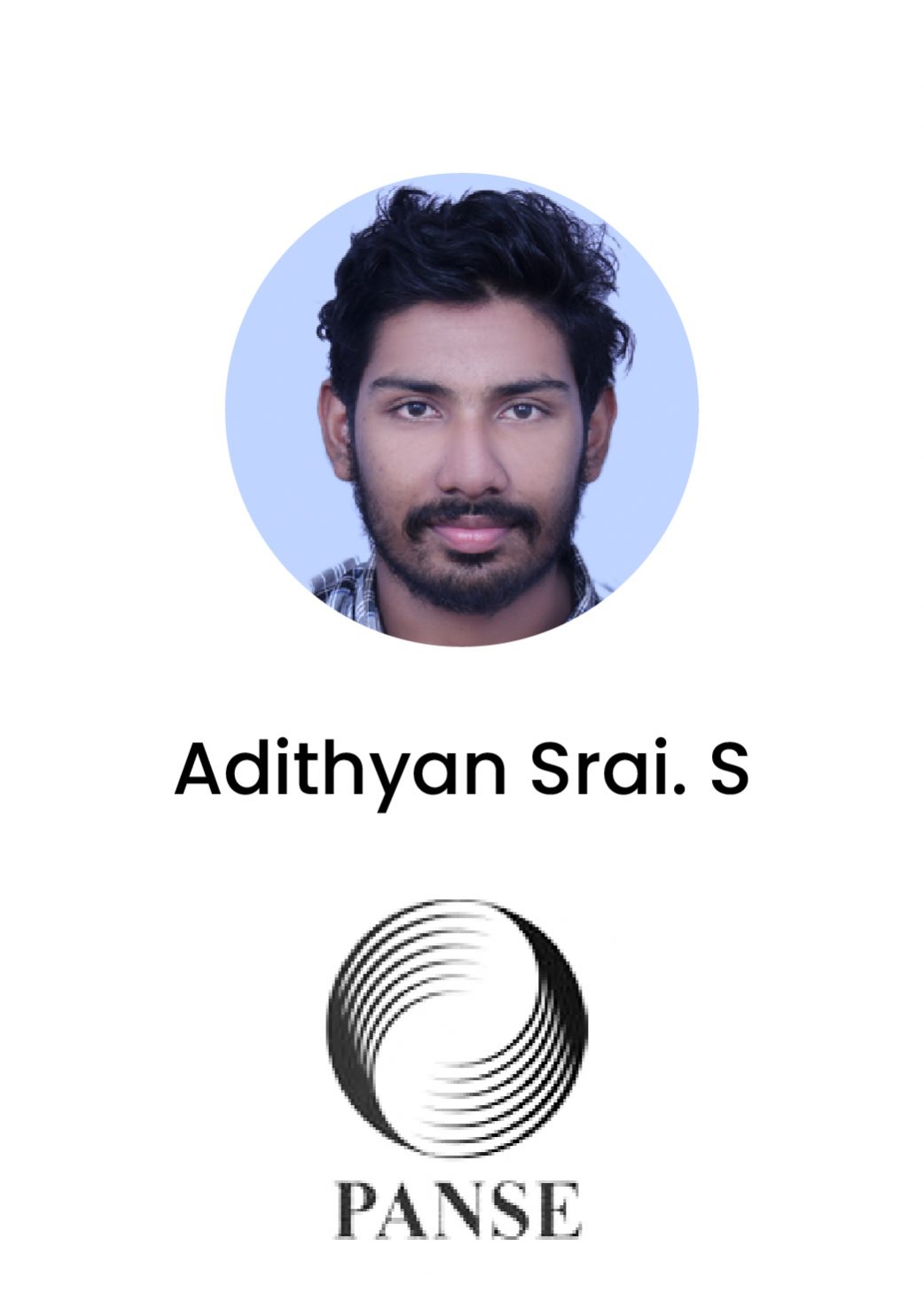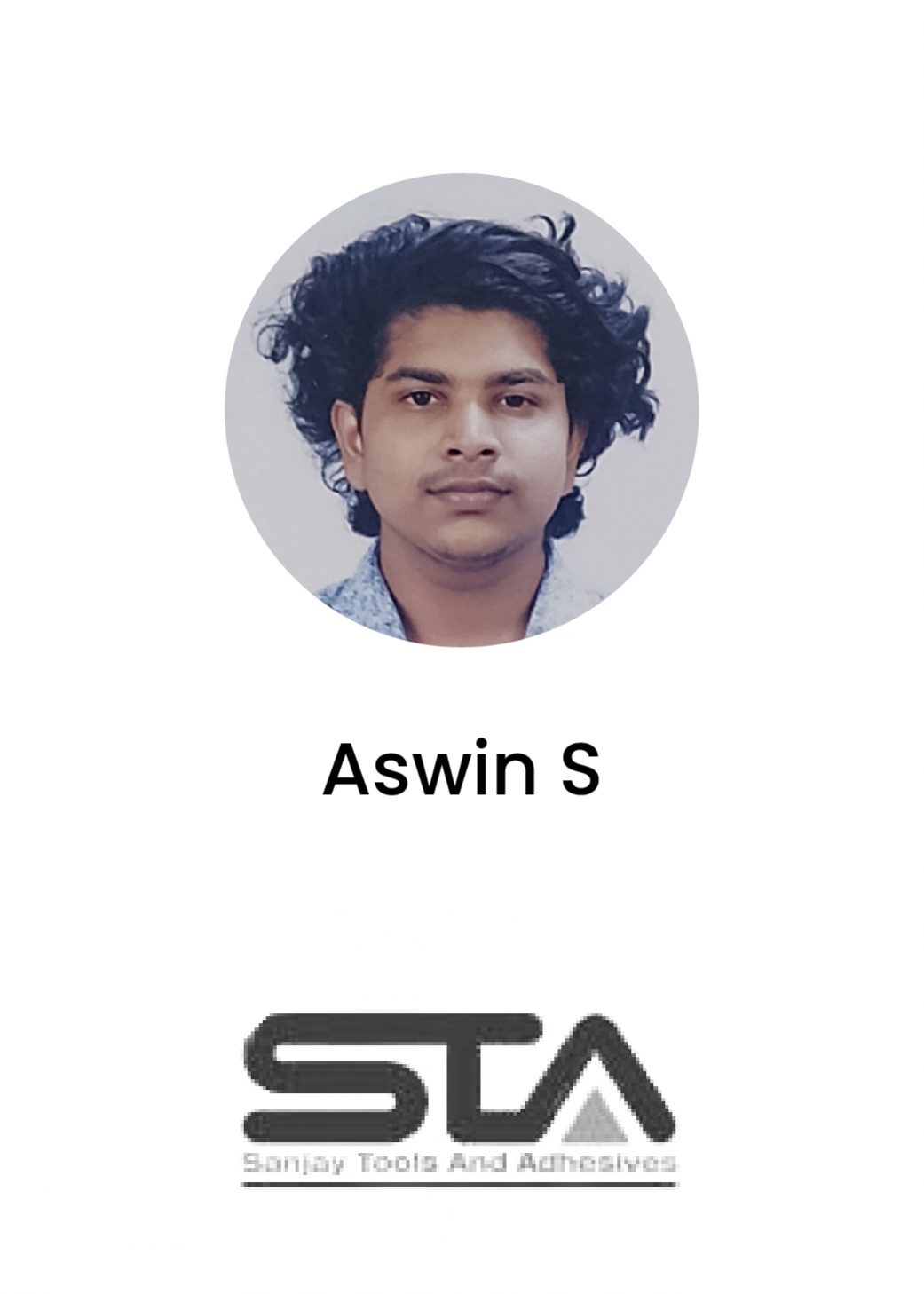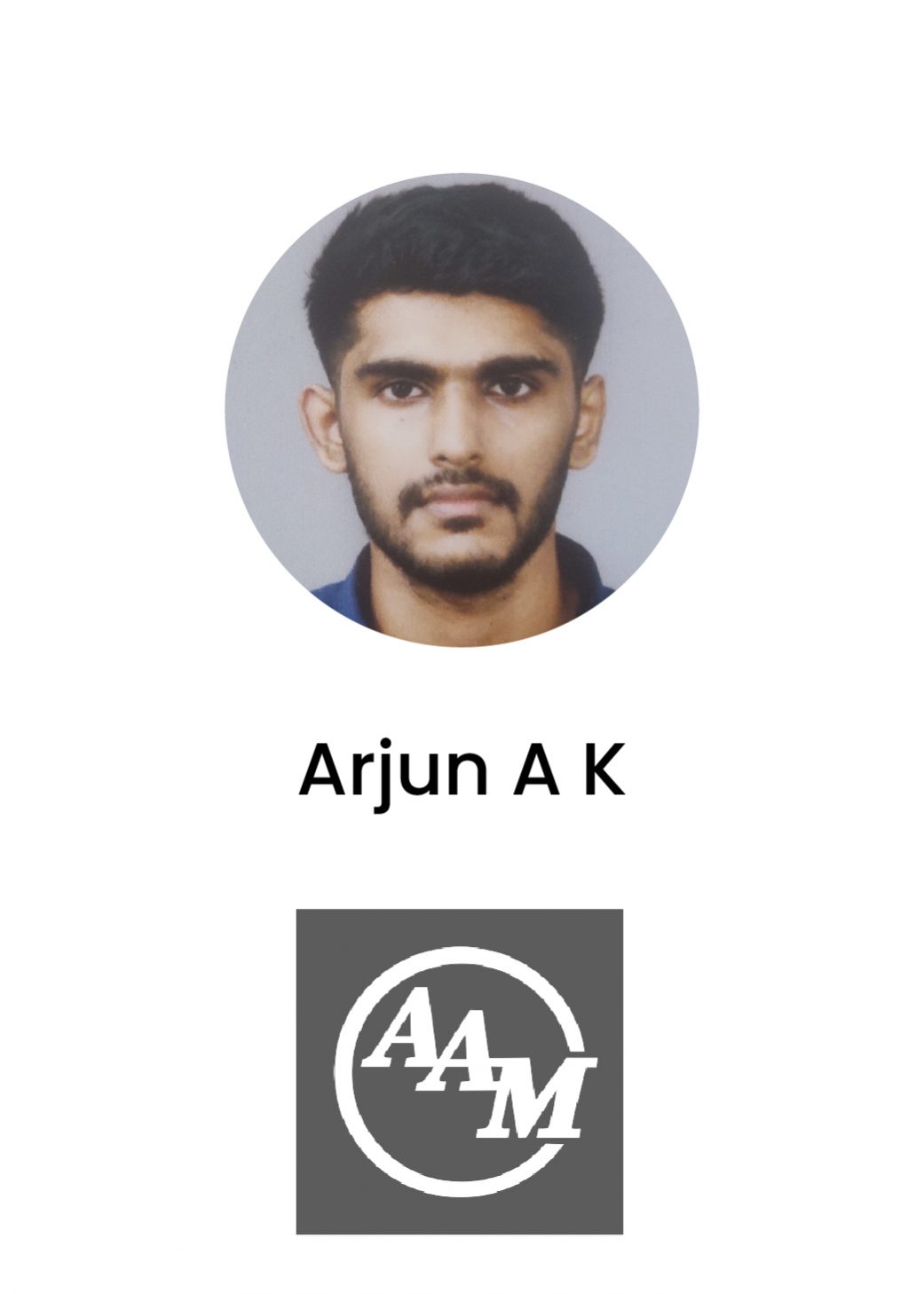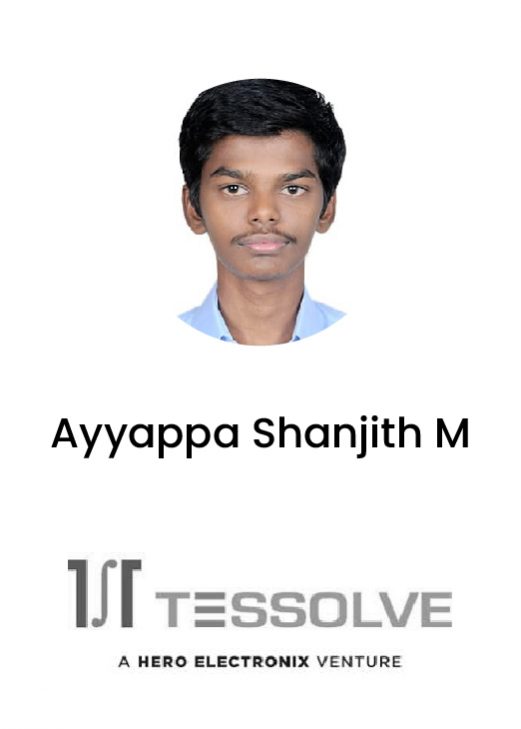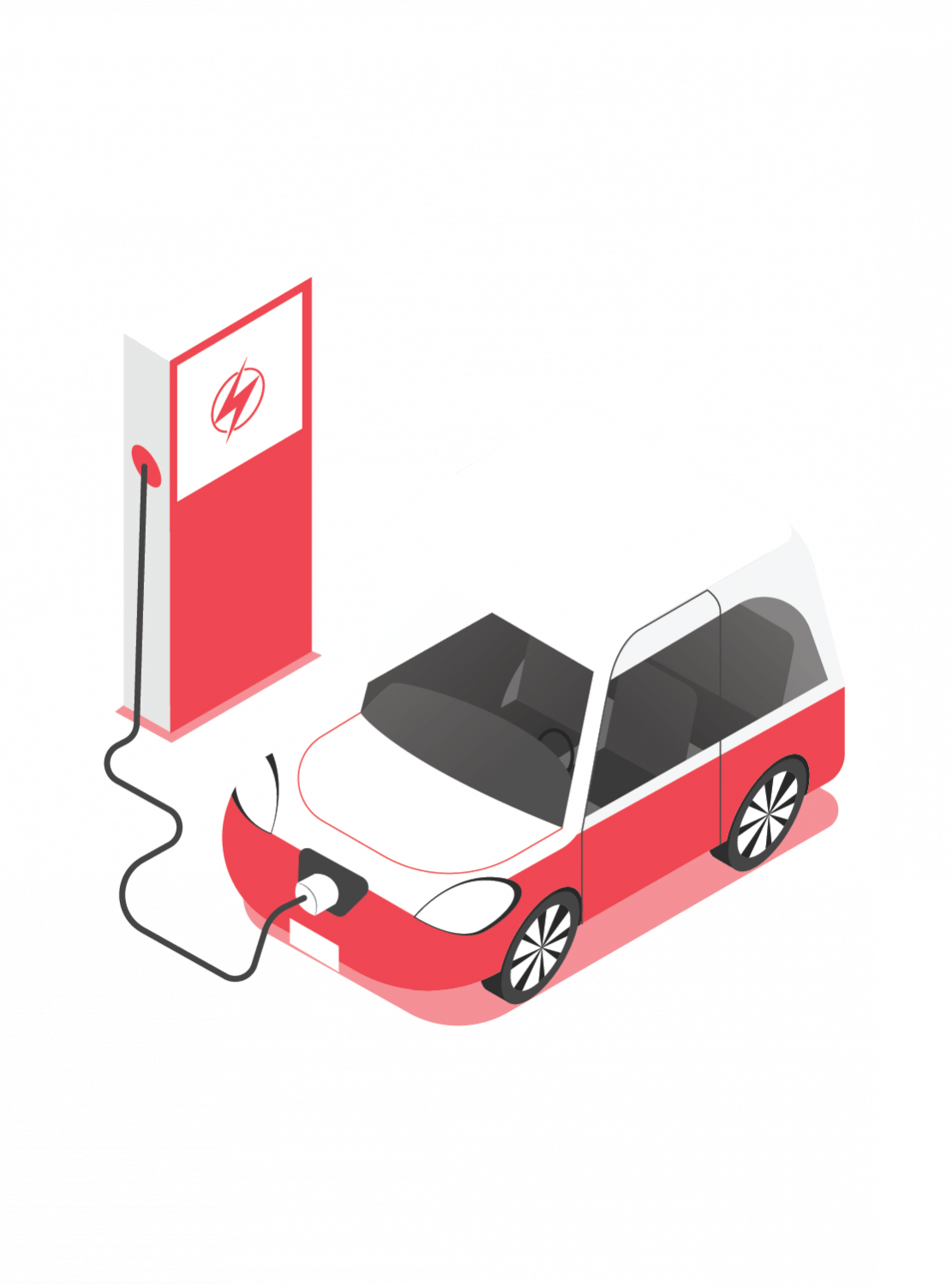PG Certification in Hybrid Electric Vehicle Design and Analysis
A comprehensive EV course on Hybrid Electric Vehicle Design, Analysis, and Simulation that gives you exposure to various computational tools for HEV Applications. This EV technology course is highly recommended for beginners.

Next Cohort Starts: 15th January 2024
Minimum Eligibility: Students with minimum 50% or equivalent passing marks.
Book a Class, for Free

350+
Participating Companies

6.9 LPA
Average CTC

30 LPA
Highest CTC

60 %
Average Salary Hike
Get Placement In

06 Month Live + Online Classes
Learn through online lectures delivered by our Top Ranked Faculty (after working hours)

06 Months Hands on learning
Become future ready by applying what you will learn and built industrial projects.

ISIEINDIA Certificate
Earn a Executive PG Certificate in Electric Vehicle from ISIEINDIA - Ranked #1 in Education.

Placement Guarantee
You are required to pay the fees to our finance partner after completion of program.
Top Skills You Will Learn
Selection & Design of Powertrain, Battery, Motor Modelling & Controller, BMS & BTMS, Understanding of Aerodynamics, EV Control Methods, EV Charging and Homologation and Testing
Who Is This Programme For?
Engineering Graduates pursuing BE/B.Tech in Electrical/Electronics/Mechanical/Automobile/Mechatronics.
Job Opportunities
Battery Pack Engineers, Vehicle Dynamics Engineers, CAE Analyst, Homologation Engineers, Quality Engineers, Design Engineers, Project Engineers, Simulation and Testing Engineers, Motor Design Engineers, BMS Application Engineers.
Minimum Eligibility
Bachelor’s Degree with minimum 50% or equivalent passing marks. No technical experience required.
Still have Questions?
Talk to our Experts…
Join the Electric Vehicle industry
By 2026, IDC predicts Electric Vehicle and cognitive computing spending will reach $52.2 billion. Electric Vehicle is one of the hottest professions.

36%
Annual Job Growth By 2026

50 M
Expected New Jobs By 2030

Rs. 3.5L - 12L
Average Annual Salary
Source: IESA Report
Source: IVCA-EY-Induslaw Report
Source: Glassdoor
Executive PG in Hybrid Electric Vehicle Design and Analysis,
Certified by NSDC
Complete all the courses successfully to obtain the certification from NSDC, supported by SMEV
• Earn a PG Degree in EV Engineering
• Widely recognized and valued programmed in EV Engineering

Case Studies
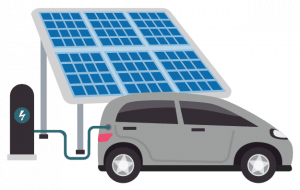
EV Operating Cost and Infra Challenges
Perform basic calculations pertaining to various challenges faced by the industry in terms of – cost, charging, battery pack size, etc. to understand the on-ground scenarios. These will be accompanied by market data and studies to give a wider perspective and view into the industry.

Motor Modelling and Design
Modelling of different kinds of the motor on the basis of various parameters such as battery voltage, back electromotive force coefficient, and winding resistance. Comparative study of BLDC motor vs IM motors vs PMSM motors on the basis of its design, performance, efficiency.
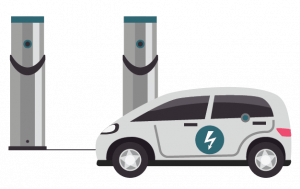
EV Charging Station & Road Map Challenges
Comparative study of the charging system i.e. onboard and off-board charging system. The case study focuses on the load requirement and infra challenges faced by the EV industry in all parts of the country.
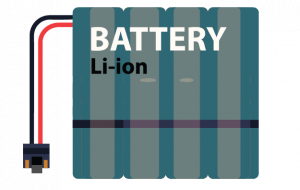
Battery Pack Thermal Management
Battery pack thermal management strategy and methods used in different vehicles as per the applications. The optimization on the basis of cooling efficiency, of the system, and power management.
Brochure
Best-in-class content by leading faculty and industry leaders in the form of videos, cases and projects
ISIEINDIA Instructors
Learn from leading Industry oriented trainer, faculty and leaders
Our Expert Work At
Top companies from all around the world

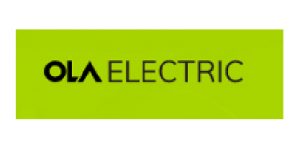
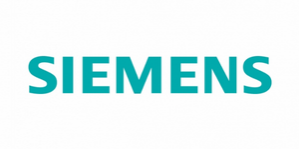

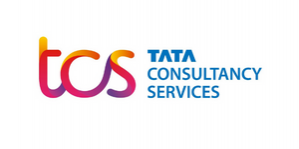

Syllabus
Best-in-class content by leading faculty and industry leaders in the form of videos, cases and projects, assignments and live sessions
120+
Content Hours Available
100+
Industry Projects
10+
Case Study
4+
Tools Covered
SEMESTER - 1
HEV Architecture – Parallel Hybrid
Series Hybrid
Series Parallel
Fuel Cell EV
Selection on Motors, their Size and Types – Motors
Transmissions
Hub Motor
Battery Performance Index : Battery
Power and Torque Calculation – Vehicle Coordinate System
Powertrain Equation
Aero Calculation – Drag Equation
Drag Coefficient
Drag Calculation
Wheel Selection – Tire Construction and Specification
Wheel Rolling without Slipping
Wheel Dynamics ROLL vs SLIP vs SKID
Contact Patch
Hysteressis Loss
Tyre Parameters
Motor Selection – Calculating Parameters
Power Calculation
Torque Calculation
Gearbox Selection
Motor Characteristics
Motor Types and Design – PE and Motor Control
Basic Understanding of Motor
SRM Motor
Introduction of BLDC Motor
Control Principles
Motor for EV
Regenerative Braking
Motor Control
Motor Control Quadrant
AC Motor Control
Asynchronous vs Synchronous Motor
Introduction to Motor Modelling and Design
Motor Geometry
Add Winding and Material
Simulating E Magnetics
Model Based Simulation – Calculate for Vehicle Energy Consumption – Introduction
Motor Geometry
Add Winding and Material
Introduction to Cells – History of Battery
Types of energy storage system
Why Li-Ion Cells
Lithium Cells Working
Battery Terminologies
Lithium Chemistry
Cell Types – Form Factors
Lithium Cell Materials
Lithium Cell Failures
Equivalent Cell Model – Open Circuit Voltage
Linear Polarization
Finding RC Values
Hysteresis Voltage
Enhanced Self Correcting Model
Cell Testing and Coulombic Efficiency
Temperature and OCV
Dynamic Testing
Model Simulation
What is BMS?
Basic Functionality of BMS
BMS Communication & Its Analysis
Connecting BMS to a Battery
BMS Parameter for LFP and NMC Battery
Balancing the Battery Pack
BMS Failure
BMS testing in a BMS tester
What is BTMS?
Types of BTMS
BTMS in India
Thermal Runaway
Thermal Paste (1C Discharging)
Thermal Paste (3C Discharging)
1 C Discharging
1C Discharging Software Simulation
3C Discharging
3C Discharging Software Simulation
SEMESTER - 2
Introduction to CAD & SolidWorks
Introduction – UI and Setting 2D & 3D Sketching and Planes
Parts Modelling – Using Modelling Features
Parts Modelling – Reading Drawing Sheet
Parts Modelling – Tire and Rim
Parts Modelling – Hub and Fasteners
CAD Assembly – Basics of Assembly Design
Battery Performance Index : Battery
CAD Assembly – Wheel Assembly
Product Design and Assembly
CAD Assembly – Electronic Cabinet Modelling
Weldment
Features of Weldment
Tubular Space Frame
Introduction to ANSYS – Basics of CAE &CAE Software – Ansys Interface
ANSYS Workbench GUI
Introduction to ANSYS – Finite Element Basics, Types of Analysis, Sample problem
Introduction to ANSYS – Meshing Introduction, Global controls
Introduction to ANSYS – Local Controls, Mesh Quality Check
Meshing – Introduction to Meshing
Meshing – Types of Mesh Elements
Meshing – Meshing a geometry
Meshing – Localized Meshing
Structural Simulation – Equation for Structural Problems
Structural Simulation – Loading Conditions
Structural Simulation – Static Structural – with analysis
Structural Simulation – Dynamic Structural Analysis
Thermal Simulation – Introduction to Steady State Thermal
Thermal Simulation – Boundary Conditions
Thermal Simulation – Introduction to Transient Thermal
Thermal Simulation – Transient Thermal Simulation
What is CFD?
Why CFD?
CFD Process
CFD Pre Requisites
Basics of Flow
Basic Terminologies
Aerodynamics Equation
Area and Drag Coefficient
Area Calculation
Approximation Method
Intro FEM
FEM Process and Geometry Types
2D Simulation Geometry
2D Simulation Meshing
Solver Setup
2D Simulation Results
Finding Drag Coefficient
Drag Simulation
3D Geometry
3D Meshing
Case Study and Result
Introduction of Ground Effect
Ground Effect – Simulation
Basic of FEA
Introduction to HyperMesh
Introduction to Hypermesh – Hypermesh UI
Introduction to Hypermesh – 1 D Meshing
2D Meshing – Intro
2D Meshing – Car Door Handle Meshing
2D Meshing – BIW Arm Meshing
2D Meshing – LH Inboard Cross Member
2D Meshing – Plastics and Seats Trim
Introduction to 3 D Meshing
3 D Meshing – Volume Tetramesh
3 D Meshing – Arm Bracket
3 D Meshing – Chain
3 D Meshing – Connections
3 D Meshing – Shortcuts
Introduction to Linear Static Structural Analysis
Linear Elasticity Assumptions Static, Minor Deformation Assumptions
Introduction to Analysis GUI
Case Study on Bracket
Introduction to Modal Analysis
Mode Shapes and Frequency Response
Case Study on S Shield and Quarter Frame
Introduction to Inertia Relief
Unconstrained Structure in static Analysis
Case Study on Control Arm
Introduction to thermal Analysis
Thermal Load Calculation of Steady State Condition
Temperature, flux calculation at particular range
Case Study on Engine Block Closed Pipe
Introduction to Fatigue Analysis
S-N Curve
Men Stress Influence
Introduction to LS-DYNA
Introduction to LS-Prepost
Create a LS-DYNA input deck for Front Bumper Impact
LS-DYNA input deck for a ball impacting a plate
Rear under Run Protection Device of Heavy Vehicle
Modal Analysis
Composite Material Analysis
Explicit Analysis
Vehicle Crash Safety
Occupant Injury Criteria
Regulations and Global NCAP
Linear Vs Non Linear
Static Vs Dynamic
Seatbelt Anchorage Test
CG and Seatbelt Component Analysis
Post Processing of Seatbelt Anchorage Test
Luggage Retention and H1H2 Tests in Seat
Head Impact Analysis
SEMESTER - 3
OPTION 1

Industrial Internship
OPTION 2

Hand on Project at COE Lab-Aurangabad
Tools Covered
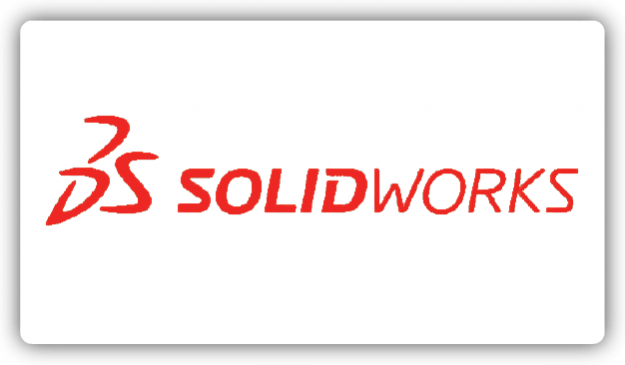
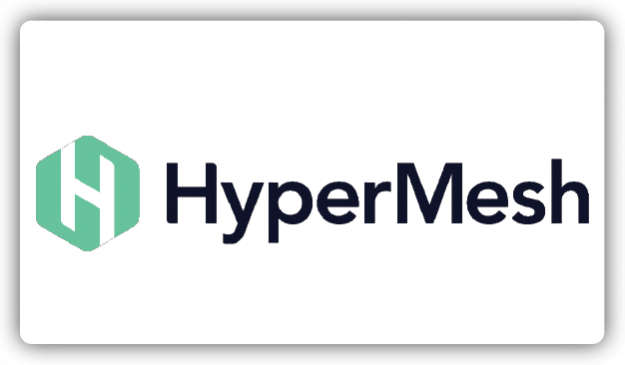


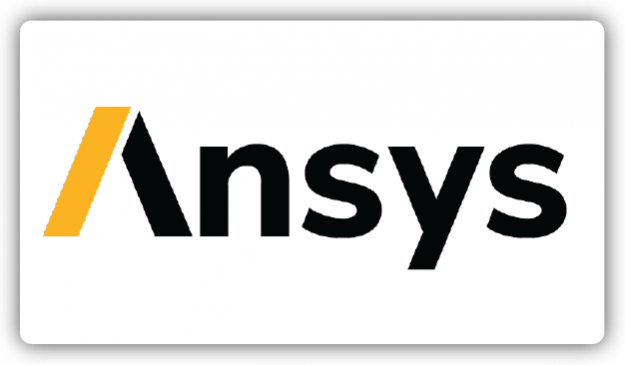
Admission Details
Candidates can apply to this PG certification program in 3 steps. Selected candidates receive an offer of admission, which is accepted by admission fee payment.
STEP 1

Submit Application
Tell us about yourself and why you want to do a PG certification
STEP 2

Application Review
An admission panel will shortlist candidates based on their application
STEP 3

Admission
Selected candidates can start the PG Certification program within
1-2 weeks
Admission Fee & Financing
The admission fee for this PG Certification program in Hybrid Electric Vehicle Design and Analysis is ₹ 1,99,999 (Incl. taxes). This fee covers applicable program charges and NSDC Certification.
Financing Options
We are dedicated to making our programs accessible. We are committed to helping you find a way to budget for this program and offer a variety of financing options to make it more economical.
Pay After Placement
We have partnered with the financing
companies to provide competitive finance options
at 0% interest rate with no hidden costs.

Max EMI/Month after Placement
₹ 9,999/month*
Other Financing Options
We provide the following options for one-time payment

Internet
Banking

Credit/Debit
Card



